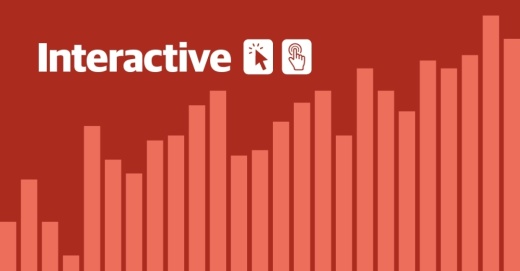The city is now home to 285,494 people, according to the U.S. Census Bureau. The last official census count, which took place in 2010, listed Plano’s population at 259,841. The 2020 census data includes population counts by race, Hispanic origin and voting age. It also includes information about housing units at various levels, according to the bureau.
According to the bureau, large cities with populations of 50,000 or more grew at a faster pace in the South than in any other region. Since the last census, the population of people in these cities grew by about 12%, per the bureau.
One of the most significant changes in racial demographics occurred within Plano’s Asian community. The number of residents who fall into this category increased by more than 57%, from 43,659 in 2010 to 68,738 in 2020, according to the bureau.
The city’s share of Black or African-American residents grew by more than 30%, and residents who identify as Hispanic or Latino increased by almost 20%. Residents who identify as white decreased by almost 13%.
The number of Plano residents who identify as two or more races saw an almost 98% increase, from 5,779 in 2010 to 11,429 in 2020. According to the bureau, the percentage of people who reported multiple races changed more than all of the other race groups alone in 2020.
The bureau expects much of this increase is due to changes in the way the census asks respondents to identify themselves. Improvements to the design of two separate questions for race and ethnicity, data process, and coding enabled a more “thorough and accurate description of how people prefer to self-identify,” according to the bureau. Occupancy status of housing units is another data point available through the 2020 census. The number of housing units in Plano increased by about 11% between 2010 and 2020, according to the data.
Of the 115,234 housing units in Plano in 2020, 109,436 were occupied and 5,798 were vacant.
In 2010, Plano had 103,672 housing units. Of those, 99,131 were occupied and 4,541 were vacant.
Population counts gathered through the census are used to redraw congressional and state legislative district boundaries, according to the bureau.
The redistricting process, which is unfolding now in the Texas Legislature’s special session, has several implications at the local level, Mayor John Muns said during a Sept. 15 redistricting webinar hosted by the Plano Chamber of Commerce.
“It’s very important how these lines are drawn because it does affect the city’s budget, public safety, our schools and school policies,” he said.
More information on Plano’s 2020 census numbers is available here.





